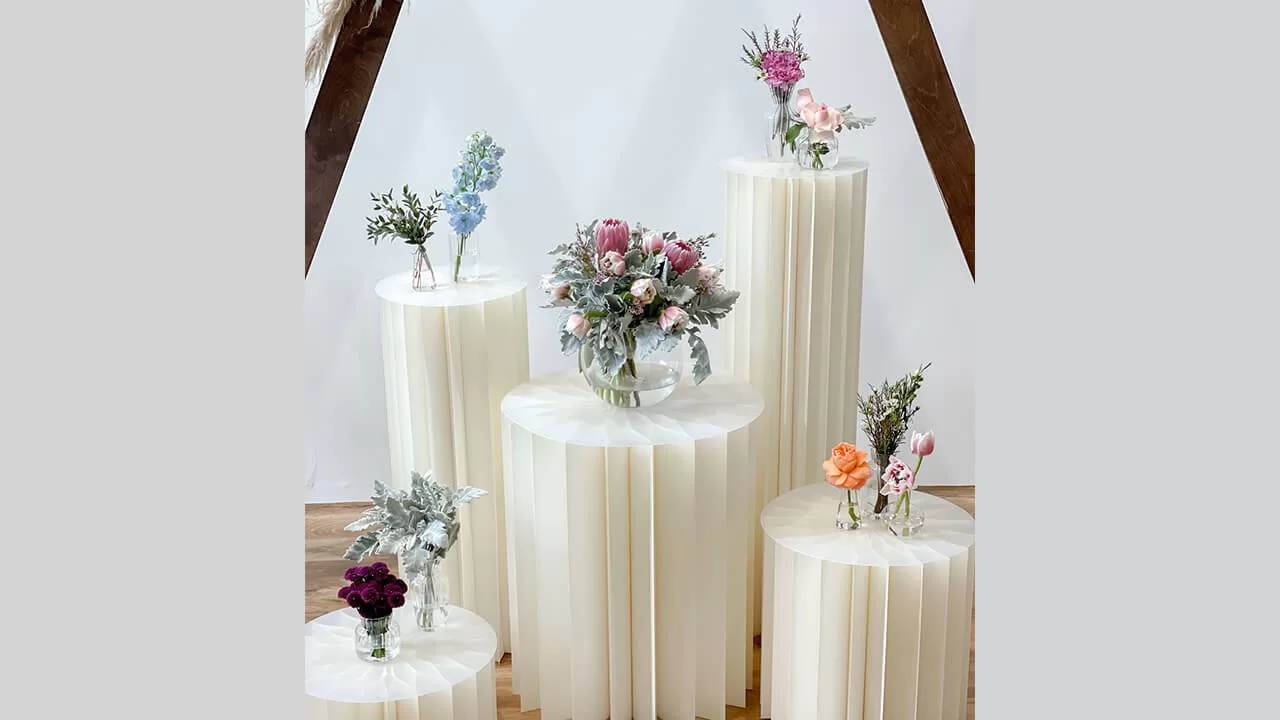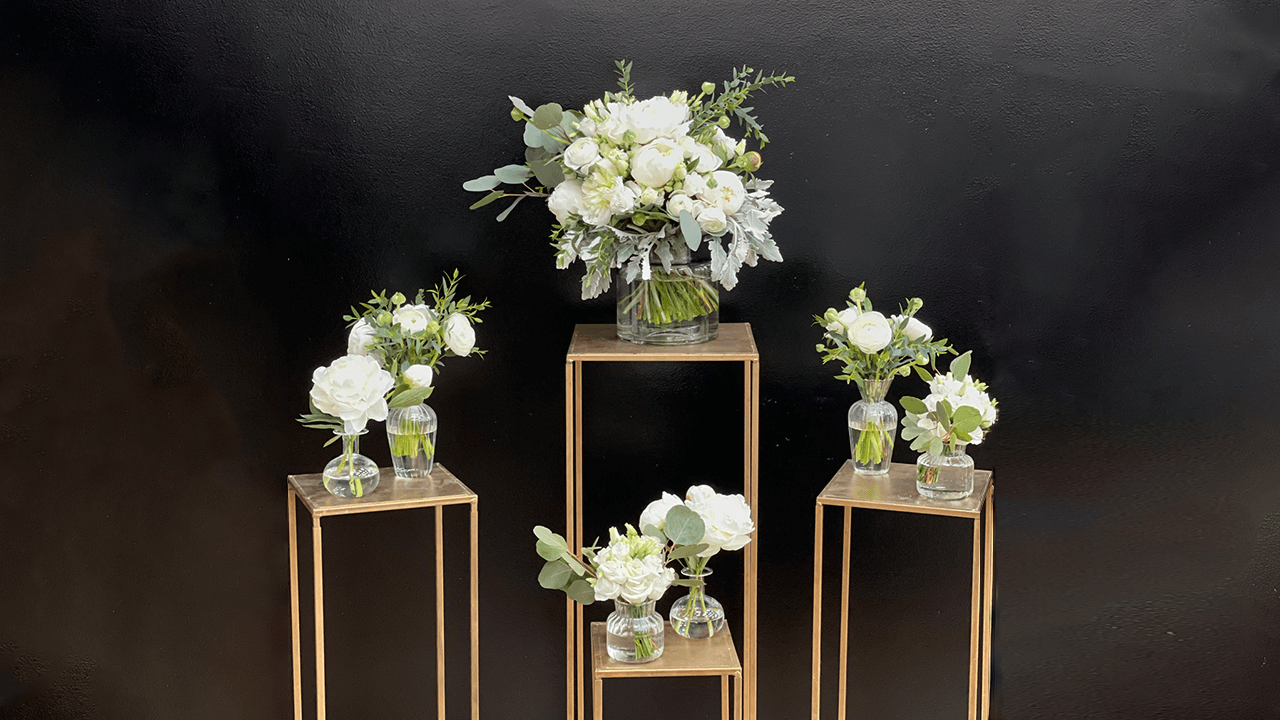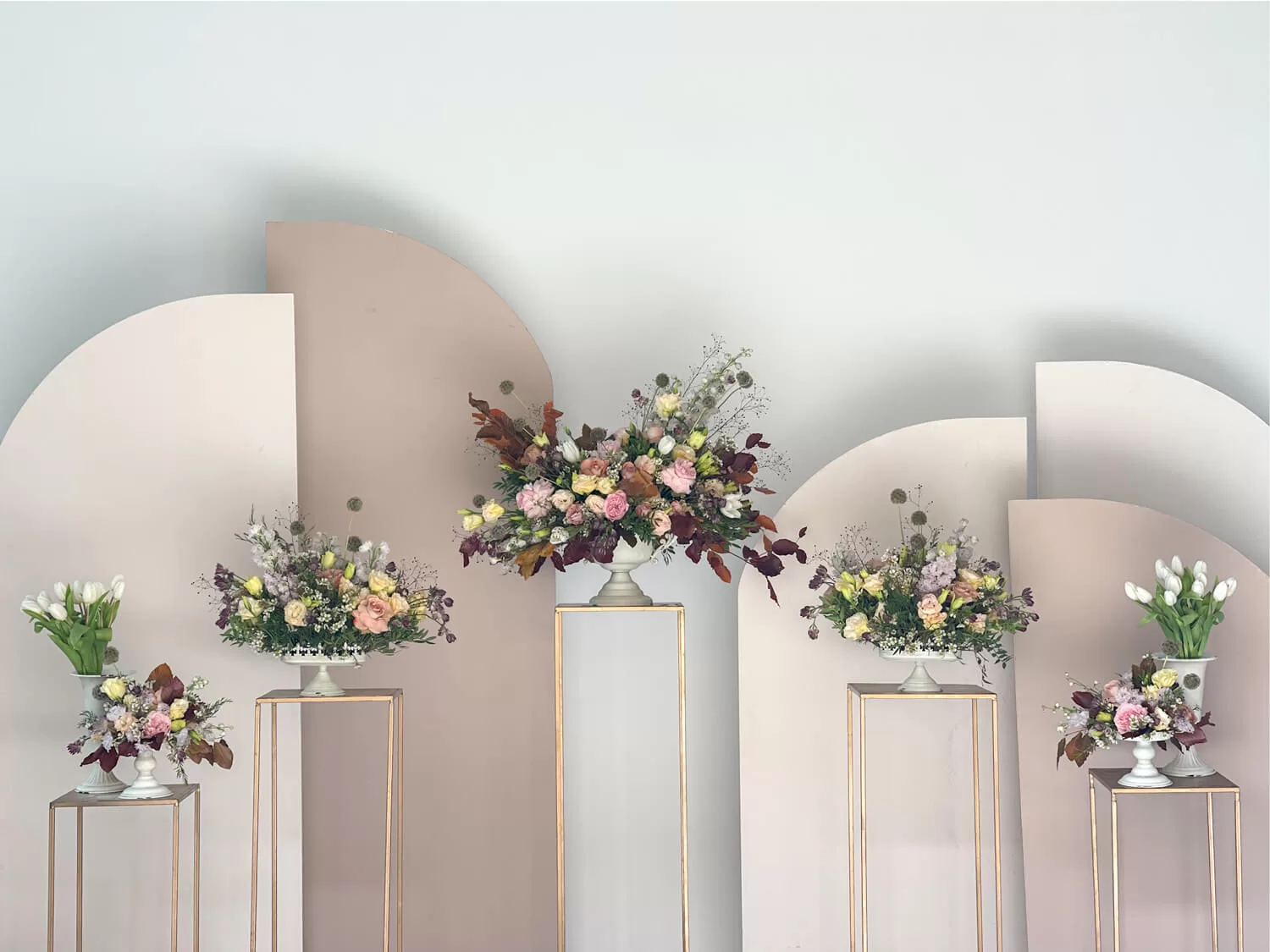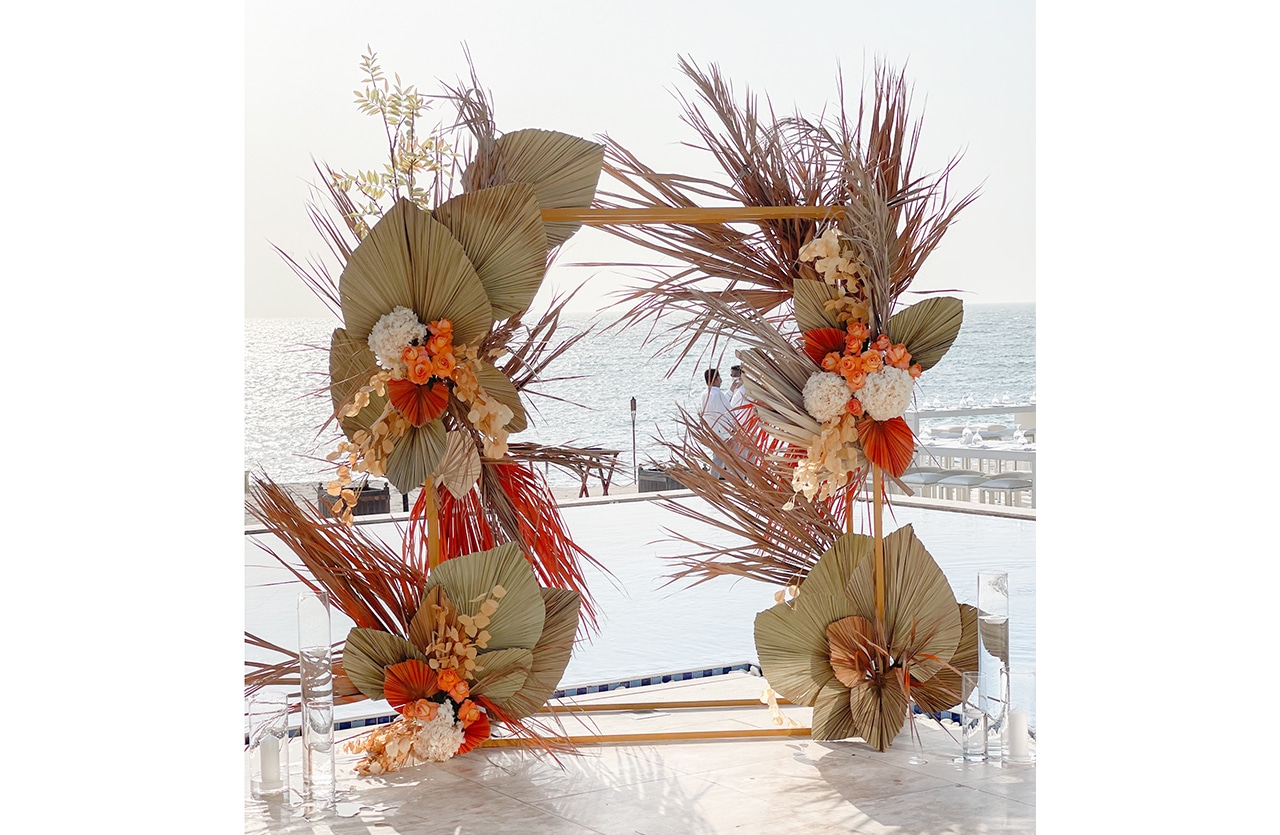
The importance of flowers in different occasions and traditions
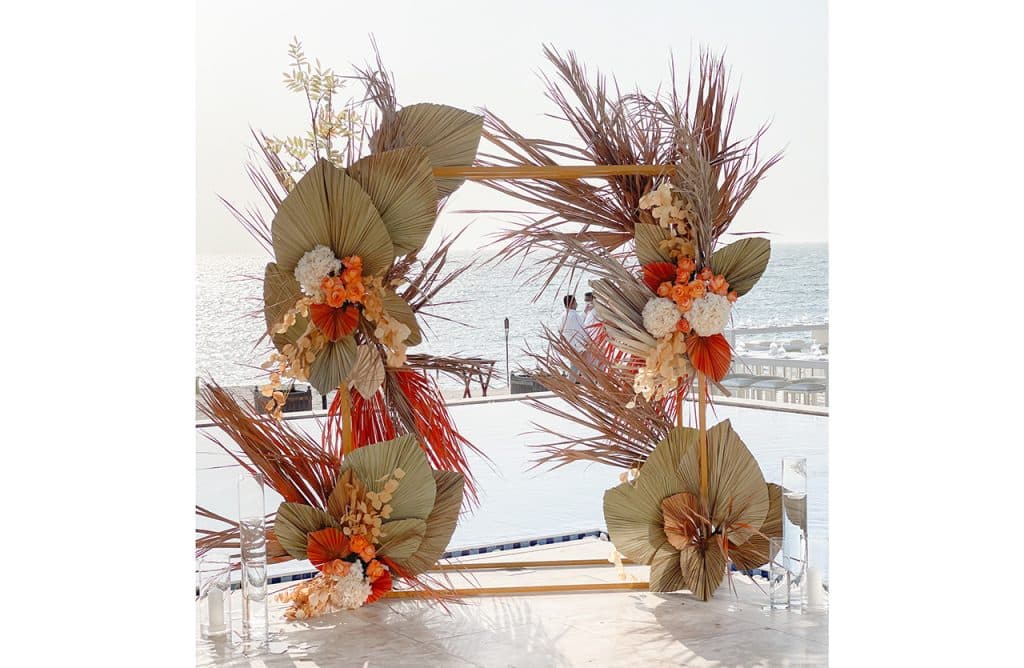
From expressing love and affection to celebrating life’s milestones, flowers have played a significant role in human culture for centuries. But beyond their beauty and elegance, flowers have a fascinating historical symbolism and cultural significance that spans different traditions and regions.
Let’s uncover the fascinating significance of flowers and their symbolism on various occasions together!
Do flowers have a language?
Certainly! The language of flowers known as floriography is a symbolic language that uses different types of flowers and their colours to convey messages and emotions. This language was prevalent during the Victorian era in Europe and America, where it was used to express feelings that could not be spoken aloud due to the constraints of society.
Each flower has significance and specific meaning and message conveyed through its colour, shape, and scent. For example, yellow roses symbolize friendship and joy, while pink roses symbolize admiration and gratitude. Using the language of flowers in gift-giving or decorating can add an extra layer of depth and meaning.
National flowers:
Many countries have designated a national flower, symbolizing the country’s identity and culture.
Like, the national flower of Japan is the cherry blossom, which represents the fleeting beauty of life and the arrival of spring. In India, the lotus flower is the national flower, symbolizing purity, enlightenment, and resilience.
Flowers in art and literature:
Flowers have been a popular subject in art and literature throughout history, inspiring artists and writers. Flowers have been depicted in various styles, from realistic to abstract interpretations. In literature, flowers are symbols and metaphors to convey different themes and messages.
Weddings events:
Flowers hold a lot of significance in weddings in almost all cultures. They are used to decorate the wedding venue, bridal bouquets, and centrepieces. In Western cultures, white flowers such as roses and lilies symbolize purity and innocence, while red roses represent love and passion. In Indian weddings, the groom and bride exchange flower garlands, signifying their acceptance of each other as life partners.
Funerals:
Traditional flowers are also essential to the funeral culture in many traditions. They are used to pay respect to the deceased and comfort the grieving family. In Western cultures, white flowers such as lilies and chrysanthemums often symbolize purity and the cycle of life and death. In Eastern cultures, white flowers such as lotus and chrysanthemums are considered auspicious for funerals.
Religious ceremonies:
Flowers have played a significant role in religious ceremonies throughout history. They are used to decorate temples, altars, and shrines and are often associated with different deities. For example, in Hinduism, flowers such as lotus, marigold, and jasmine are offered to other deities as a form of devotion. In Christianity, lilies are often used during Easter to symbolise the resurrection of Jesus Christ.
Personal expression:
Flowers are also used to symbolize personal expressions, such as conveying emotions and sentiments. Red roses are often associated with passion and romance, while yellow roses hold significance as a symbol of friendship and joy.
In some cultures, giving a specific type of flower can have different meanings. For example, in Japan, cherry blossoms epitomize the transience of life, while in China, the peony symbolizes prosperity and happiness.
Decoration:
Flowers are also used to decorate homes, offices, weddings, and public spaces. They are often used to create a pleasant ambience and add a touch of natural beauty to the environment. In some cultures, flowers are also used for interior design, such as making floral arrangements and using them as focal points.
Birthdays:
Using flowers to celebrate birthdays and convey good wishes to the person celebrating is widespread. But did you know different flowers have different symbolism?
In Western cultures, giving borrowers a single flower is expected as a birthday gift. The type of flower offered may vary depending on the person’s personality, preferences, and birth month. For example, January’s birth flower is the carnation, representing love and fascination, while September’s is the aster, which symbolizes wisdom and velour.
Graduations:
Flowers are also used to celebrate graduations, both at the high school and college levels. They are given as a token of congratulations and recognition for the graduate’s hard work and achievement.
In some cultures, specific traditional flowers are associated with graduation, such as the lei in Hawaiian culture, which is made of flowers and worn around the neck.
Valentine’s Day:
Valentine’s Day is a popular occasion for giving flowers to symbolize love and affection. Red roses are the most associated flower with Valentine’s Day, but other flowers such as tulips, daisies, and carnations are also popular choices.
The colour of the flower can also convey a different message, with pink flowers representing admiration and gratitude, while white flowers imply purity and innocence.
Holidays:
Flowers are often used to decorate homes and public spaces during Christmas, Easter, and Thanksgiving. In many Western cultures, poinsettias are a popular choice for Christmas decorations, while Easter lilies are used to decorate churches during the Easter season.
Flowers are also used to create wreaths, and garlands centrepieces, adding a festive touch to holiday celebrations.
Medicinal and therapeutic uses:
Flowers have been used for medicinal and therapeutic purposes for centuries. In traditional Chinese medicine, flowers such as chrysanthemum, honeysuckle, and jasmine treat various ailments such as fever, sore throat, and inflammation. In aromatherapy, essential oils extracted from flowers such as lavender rose and chamomile promote relaxation and relieve stress.
That’s a wrap!
So, the next time you receive a bouquet or admire a blooming garden, here is a flowery reminder to take a moment to appreciate the beauty and significance of these timeless creations and how they connect us to our emotions and culture and our shared human experience.
Which flower or bouquet will you choose to express your emotions or convey your message? Let us know in the comments below.



